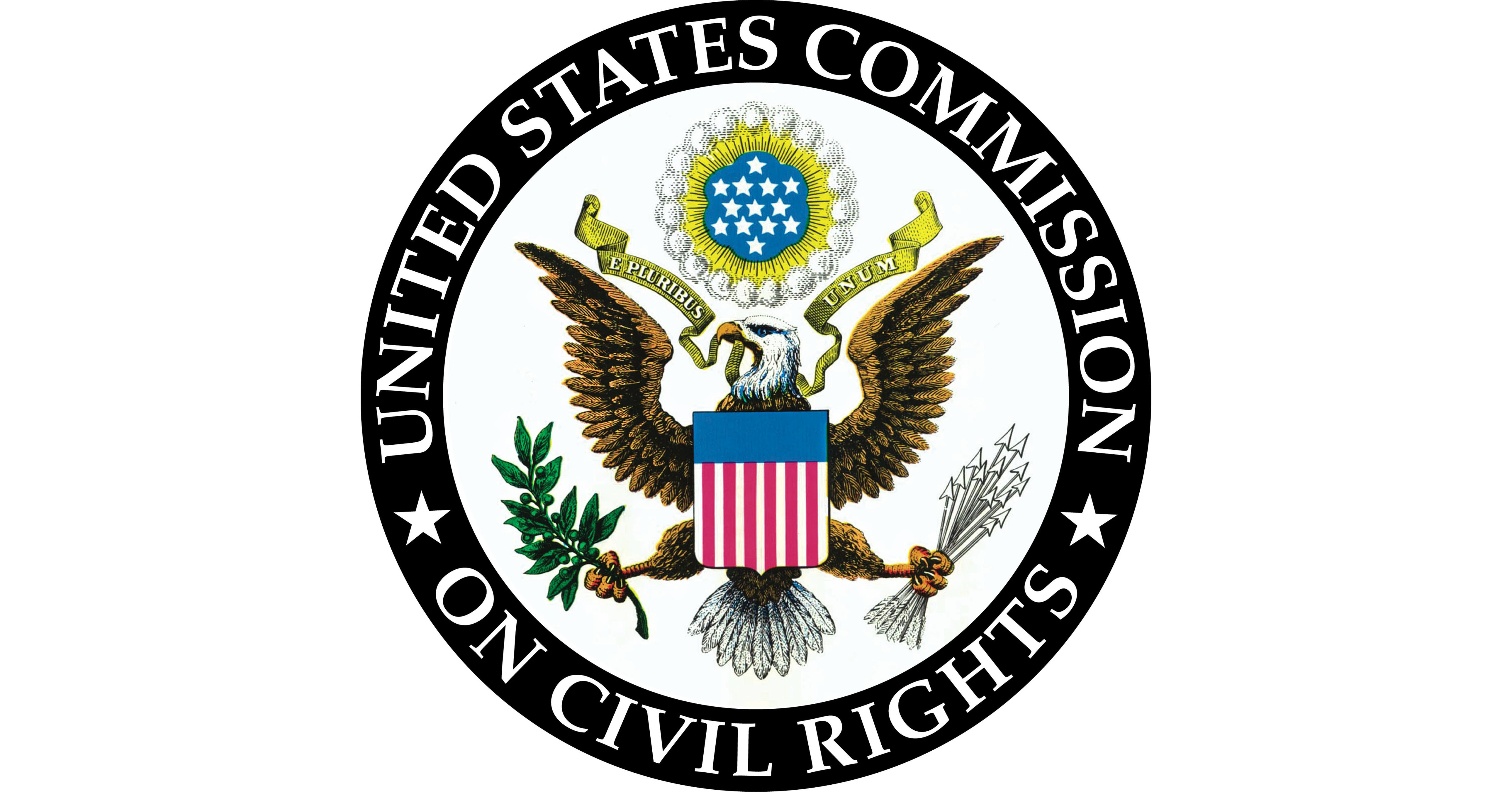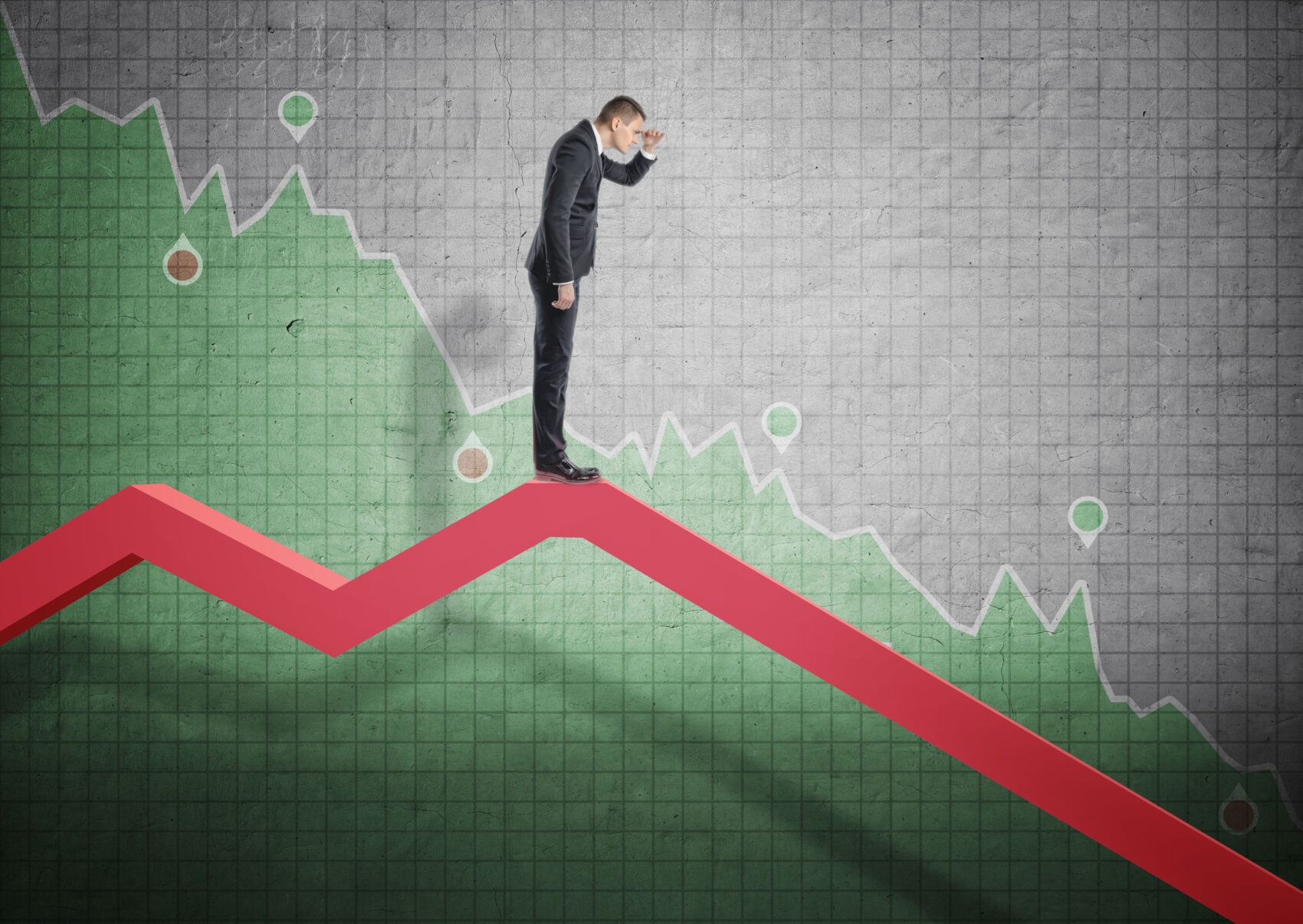The Kansas economy was one of the slowest growing in the nation during the 3rd quarter of 2018 according data released today by the Bureau of Economic Analysis (BEA). State Gross Domestic Product (GDP) data shows real (inflation-adjusted) private sector economic activity grew at an annualized rate of 2.2% for the quarter, ranking #42 among the 50 states Kansas – meaning Kansas had the 9th worst growth rate in the nation.
Government activity, however, was among the highest in the nation with annualized growth of 2.7% for the quarter and ranking #6.
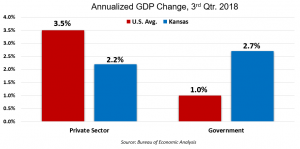
Michael Austin, Director of the Center for Entrepreneurial Government at the Kansas Policy Institute, which is parent company of The Sentinel, believes Kansas’ underwhelming GDP growth is tied to recent state tax increases.
“I do believe there is a relationship when you talk about growing taxes, we are talking about less discretionary income that is to be spent in the private sector,” says Austin.
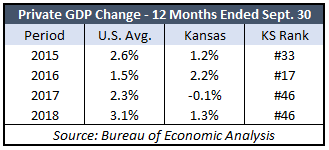
For the twelve months ended September 30, Kansas’ private sector economy grew 1.3% while the national average was 3.1%. Kansas’ dismal performance was ranked #46, meaning it was the 5th worst in the nation.
However, the real story of Kansas economy may be the change in national rankings for private sector growth over the last several years. In the twelve months ended September 30, 2015 Kansas ranked 33rd, and then was ranked #17 a year later. But in the two years since – during which the state income tax was increased twice – the state’s ranking fell to #46.
The impact of tax increases on the GDP growth is well documented. A 2016 report by the Brookings Institute notes how tax changes impact the overall economy and specifically GDP. Tax cuts create more income, however cuts must be balanced in public sector by spending cuts.
“When you talk about taxes you are talking about the movement of private resources out of the private sector into the coffers of the government,” says Austin.
National GDP numbers for the 1st quarter of 2019 also came out today, although breakouts between private and government aren’t yet available. The national overall GDP growth rate for 2019 Q1 was 3.2% and greatly exceed estimates. Yet, as the U.S. is experiencing better than expected growth, the Philadelphia Federal Reserve predicts Kansas will have negative growth for the first quarter of 2019 and have the worst results in the nation. Only four other states are predicted to contract.
“When we do look at the state fiscal picture; the contribution the government is taking, it unfortunately doesn’t paint a positive picture for the Kansas economy,” says Austin.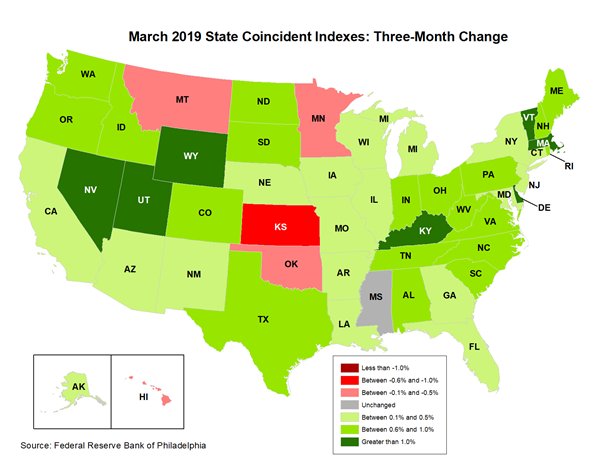
Meanwhile, Governor Kelly and many legislators voted for spending increases that will produce more than a $1 billion shortfall over the next four years, setting up citizens for another potential tax increase.


